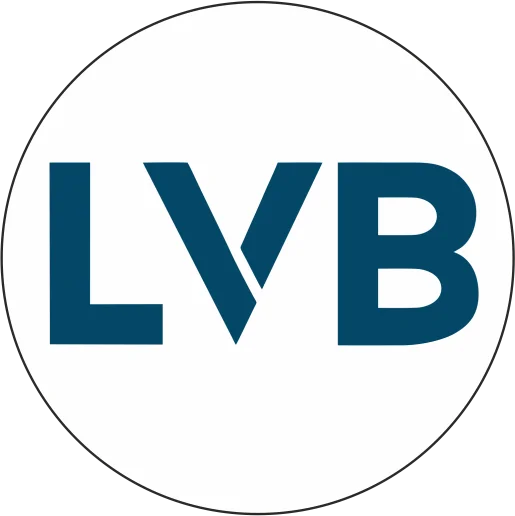
Becoming an Entrepreneur Steps to Launch Your Own Business
Embarking on the journey of becoming an entrepreneur is both exciting and challenging. Starting your own business allows you to turn your ideas into reality, be your own boss, and create financial independence. This comprehensive guide will walk you through the crucial steps required to start your own business successfully.
Step 1: Ideation and Market Research
Identifying a Profitable Business Idea
The foundation of any successful business is a solid idea. Start by identifying a business concept that aligns with your passions, skills, and market needs. Look for problems you can solve, gaps in the market, or ways to improve existing products or services. Brainstorm and use tools like SWOT analysis (Strengths, Weaknesses, Opportunities, Threats) to refine your ideas.
Conducting Thorough Market Research
Before diving into your business, it's essential to conduct comprehensive market research. Understand your target audience, analyze competitors, and assess market trends. Use surveys, focus groups, and online research tools to gather valuable data. This research will help you validate your idea and ensure there is demand for your product or service.
Step 2: Crafting a Business Plan
Defining Your Business Model
A detailed business plan is crucial for outlining your business strategy and operations. Start by defining your business model, which explains how your business will create, deliver, and capture value. Determine your revenue streams, cost structure, and key activities.
Components of a Business Plan
A comprehensive business plan should include the following sections:
- Executive Summary: An overview of your business, mission, and objectives.
- Market Analysis: Insights from your market research, including target market, competition, and market demand.
- Organization and Management: Your business structure, management team, and their roles.
- Products or Services: Detailed description of your offerings and their benefits.
- Marketing and Sales Strategy: How you plan to attract and retain customers.
- Financial Projections: Revenue forecasts, profit and loss statements, and funding requirements.
Step 3: Securing Funding
Exploring Different Funding Options
Financing is a critical aspect of starting a business. Explore various funding options such as:
- Personal Savings: Using your own money to fund your startup.
- Loans: Securing loans from banks or financial institutions.
- Investors: Attracting angel investors or venture capitalists.
- Crowdfunding: Raising small amounts of money from a large number of people, typically through online platforms.
Preparing a Compelling Pitch
To secure funding, you need to effectively pitch your business to potential investors or lenders. Prepare a compelling pitch that highlights your business idea, market potential, and financial projections. Be ready to answer questions and demonstrate the viability and profitability of your business.
Step 4: Legal Structure and Registration
Choosing the Right Business Structure
Selecting the appropriate legal structure for your business is essential for tax, liability, and operational purposes. Common structures include:
- Sole Proprietorship: Owned and operated by one person.
- Partnership: Owned by two or more individuals.
- Corporation: A separate legal entity owned by shareholders.
- Limited Liability Company (LLC): Combines the benefits of a corporation and a partnership.
Registering Your Business
Once you've chosen your business structure, register your business with the relevant authorities. This may include registering your business name, obtaining necessary licenses and permits, and registering for taxes.
Step 5: Setting Up Your Business Operations
Establishing Your Business Location
Decide whether your business will operate from a physical location, online, or both. Secure a suitable location if needed, considering factors such as cost, accessibility, and scalability. For online businesses, ensure you have a professional website and a robust e-commerce platform.
Setting Up Your Infrastructure

 LVB - India
LVB - India